When I was younger, I taught Sunday school. Each week, I welcomed a rambunctious group of third and fourth graders into my little classroom. I had colorful posters, object lessons, memory verse games, and storytelling. I don’t go to that much effort now, but my husband and I have established a time each Shabbat after lunch to teach our children Torah. We have found that the systematic weekly teaching of the Torah portion is beginning to reap a harvest. Our children can usually finish the Bible story, and the older ones are getting better at applying Torah principles to everyday life. We change things up sometimes, but we have used several ideas in our Torah time that have worked very well. Today, I’d like to give you as much help as I can in establishing your own Torah time.
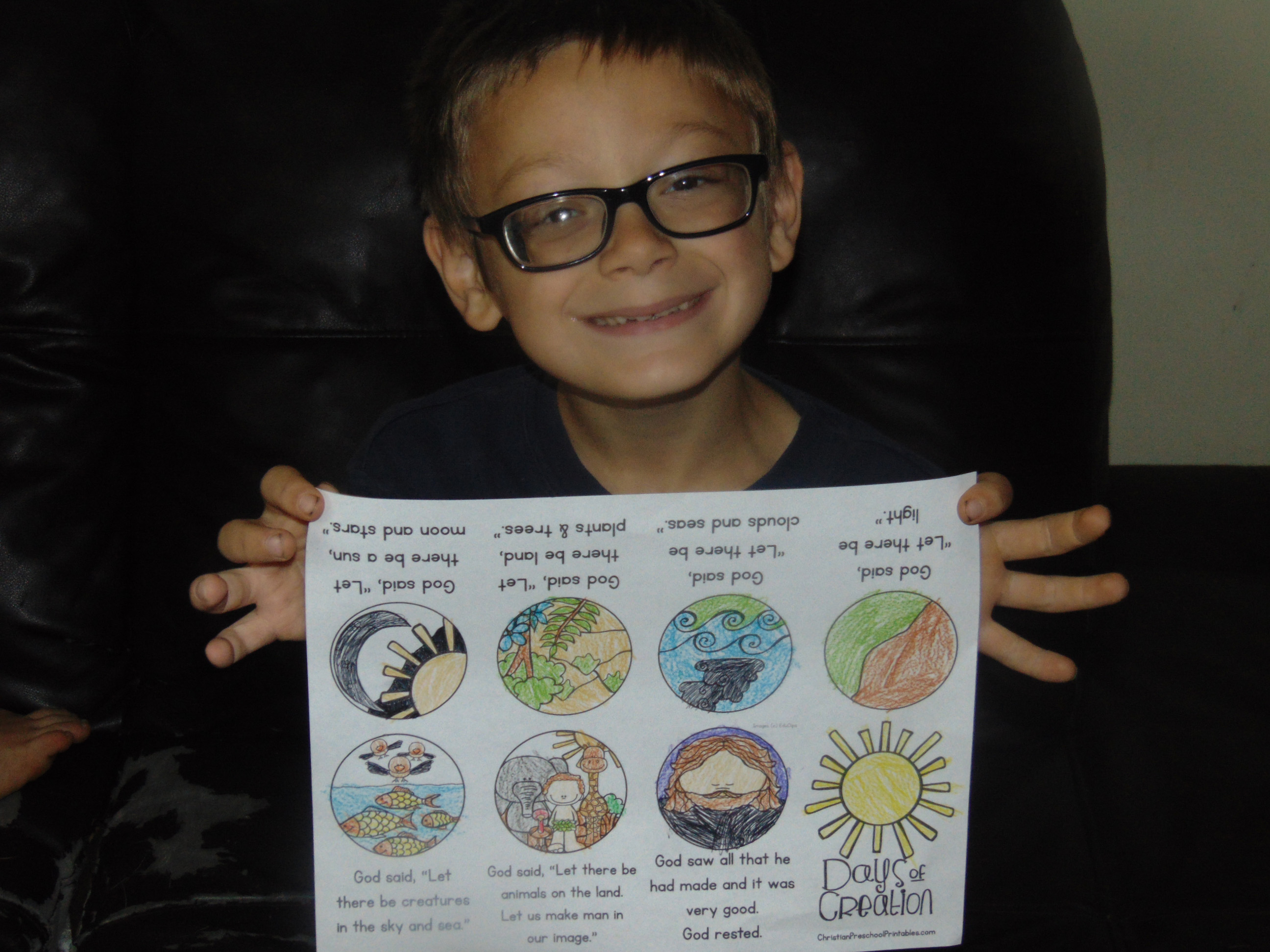
Treat it as an appointment
Set aside a time, or like us, claim a part of the day like right after Shabbat lunch. Don’t try to fit it in. Make other things fit around it. At our house, Doug and I sit in our chairs, and the kids gather up any strays by yelling, “Torah time!” Even when we have company, this time is protected, though sometimes abbreviated.
Get everyone a Bible
Readers in your home should most certainly have their own full Bibles. There are several translations to choose from. For Torah time, we want a translation that can be read aloud easily. My personal favorite right now is the Tree of Live version. Younger children would enjoy a picture Bible so they can feel like they are following along. Since this is Torah time, “My First Torah” is an excellent choice for your child, since it is divided by Torah portions, and has illustrations drawn by children.
Sometimes I read the whole Torah portion aloud. Sometimes my older children take turns reading paragraphs. Sometime we don’t want to spend quite as long so we read from “My First Torah,” which is roughly 500 words per Torah portion. We have even listened to an audio Bible if no one felt up to reading aloud due to sickness, etc.
Take a family pace
This is your family’s Torah time, and it should take a pace that suits you and your children. I often pause during reading to point out a lesson. I sometimes have my children orally tell me a part of the story instead of reading it. I stop a lot to remind my young boys to sit still and be quiet. And then I pause again to separate them. That’s life sometimes. The important thing is to have realistic expectations and remember that children grow and will behave better as they get older.

Teach from your overflow
I was taught many years ago that to be a good teacher, I had to teach from my overflow. What does this mean? It means that I keep learning and reading and studying. As I read the Torah portion to my children, I have the opportunity to share an insight I learned in my own studies. This makes Torah time so much richer for your whole family.
I also want to encourage you to study and read your Bible where your children can see you. Your example will teach so much more than your words ever could. Try starting with some Scripture copywork!
Both parents need to learn to take responsibility for their spiritual education. Never has it been more important for you to learn how to feed yourself. You can’t sit in a pew and be spoonfed anymore. You can’t send your children off to a Sunday school class and check their spiritual upbringing off your list. Read your Bible. Learn to use study tools like dictionaries, concordances, and cultural background information. Listen to teachers who have shown themselves faithful and humble as they teach. Fill yourself up with wisdom and understanding, so you can pass it on to your children.
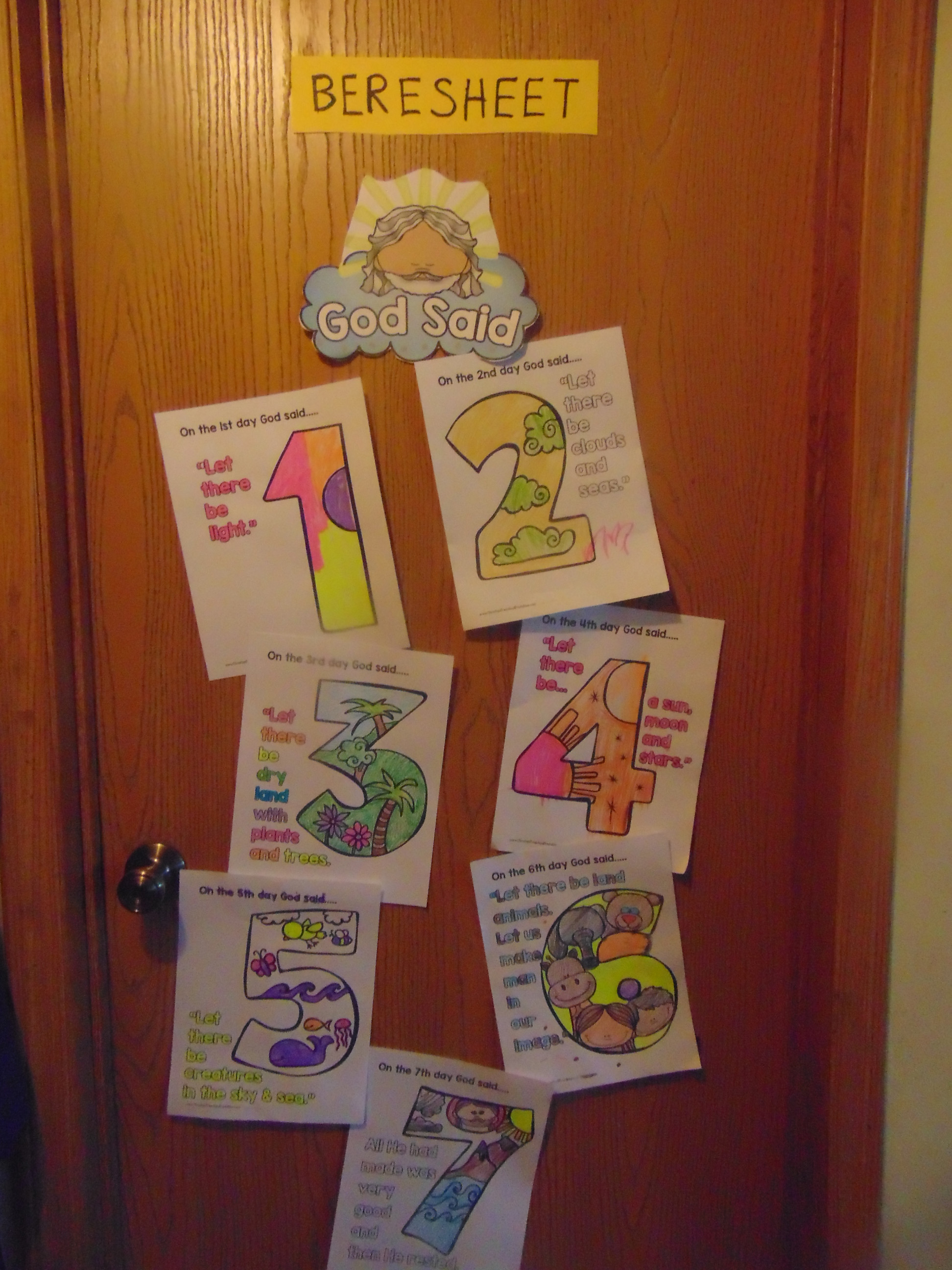
Engage your children
Your children, and you, will learn so much better if you can keep everyone engaged. This can be as simple as pausing to ask questions during the reading. It can be as involved as doing a themed craft after the reading. Here are some ideas to get you started.
-
- Ask questions like: What happened in last week’s Torah portion? Who can name the feast days? How would you feel if that happened to you?
- Use Torah portion coloring pages. Aish has some great ones.
- Have your children make comic book style drawings to tell the story.
- Create a simple skit to tell the story. It can be completely impromptu, or take a little longer and use props. Your children can work together to develop their skit, and then perform it for you.
- Set aside a wall, bulletin board, or door that you decorate each week for the Torah portion. Use poster putty to attach coloring pages, copywork, etc. At the top, include the name of the Torah portion.
- Plan a themed craft for after the reading. You can find great ideas at challahcrumbs.com and my Torah Pinterest boards.
- Collect Bible movies to correspond with certain Torah portions.
- Use notebooks to journal about the Torah portions together. Traveler’s notebooks work great for this, as would My Bible study notebook.
- Use a study guide, such as the lesson plans from restorationoftorah.org.
- Look for a passage in the New Testament that corresponds with the Torah portion, or a specific passage in the portion. For example, when reading about manna, reading about Yeshua feeding the 5000 is a great fit.
I hope this list will get you started establishing a Torah time in your home. Keep in mind that you wouldn’t want to implement all these ideas at the same time. Shabbat is supposed to be a day of rest, after all! Life is full of ebbs and flows and your Torah time can be flexible as well. If you are feeling energetic, plan a craft! If everyone is feeling under the weather, perhaps it’s time to listen to an audio Bible or pull out a Bible movie. Let your Torah time work for you.
One last thing…
We call it Torah time specifically because it is our time to study Torah. We study other parts of the Bible as well, but we start with the Torah portion. The first five books of the Bible are the foundation for the rest of Scripture. We want to have a solid footing as we read other passages of Scripture. Rabbis have been known to say that we can study the Torah for 70 years and still have much to learn. This concept becomes even more important as we think about passing truths on to our children. I hope you will prioritize establishing a Torah time in your home. What idea do you plan to implement this Shabbat?




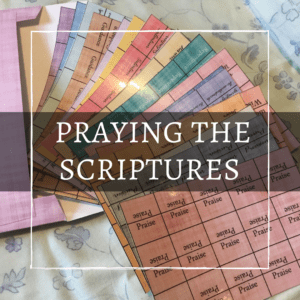






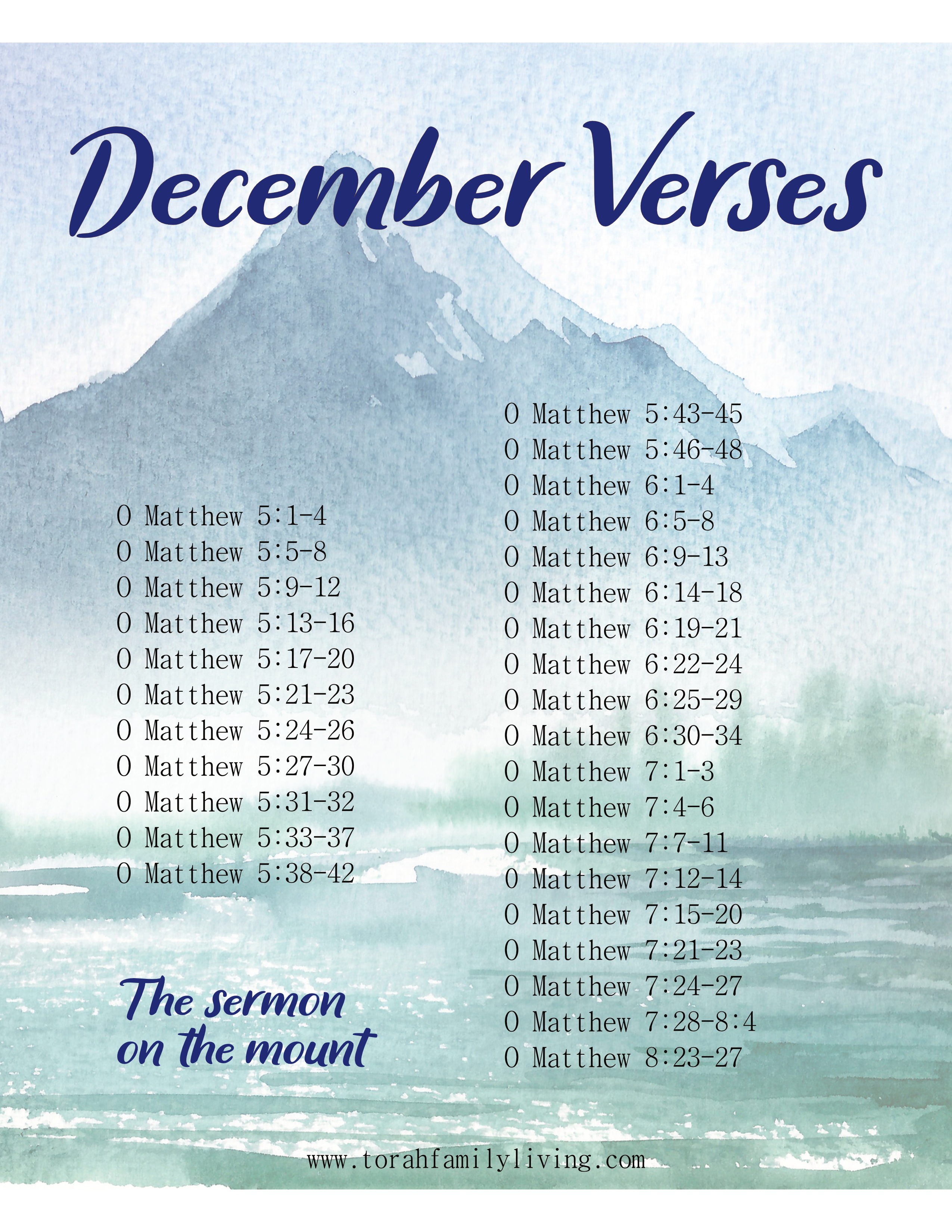
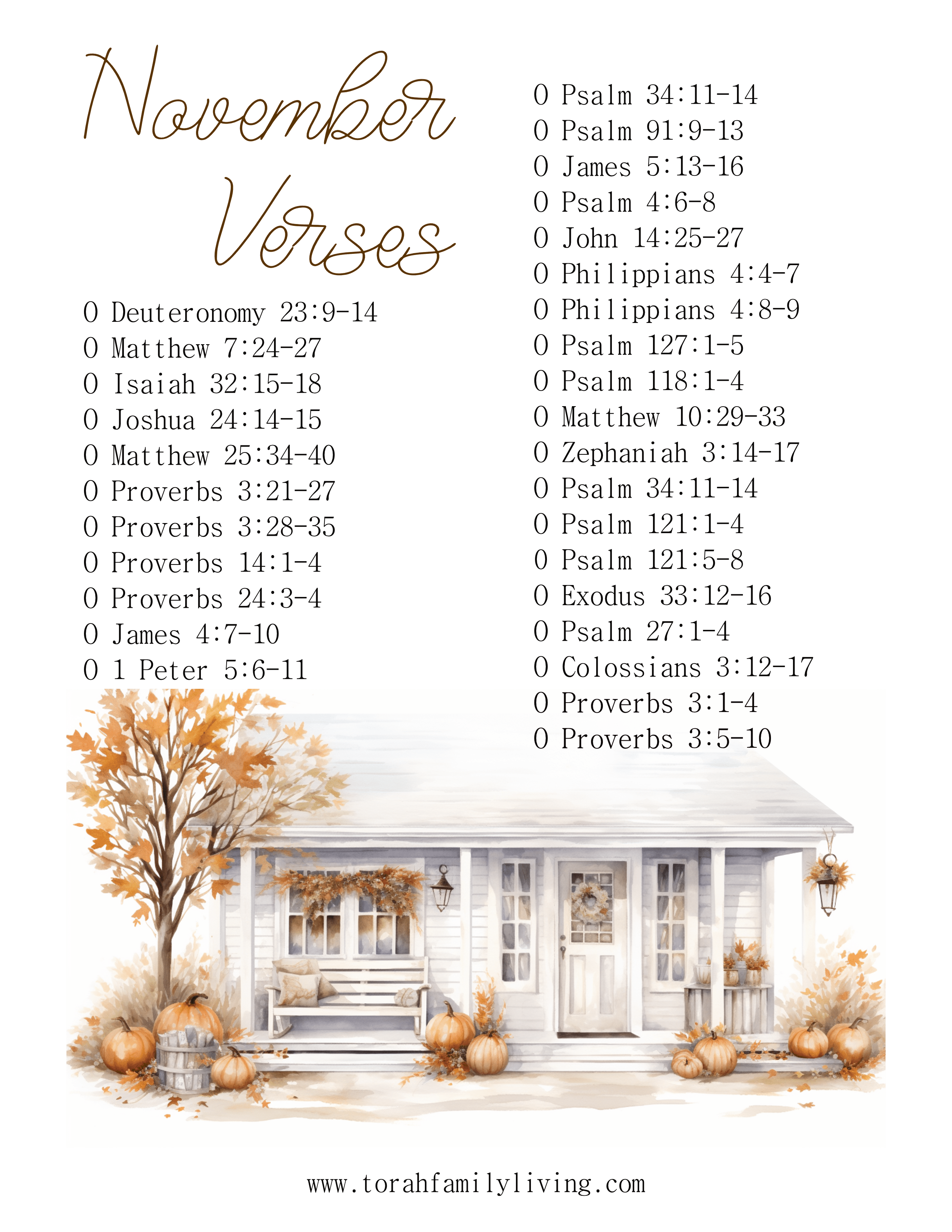
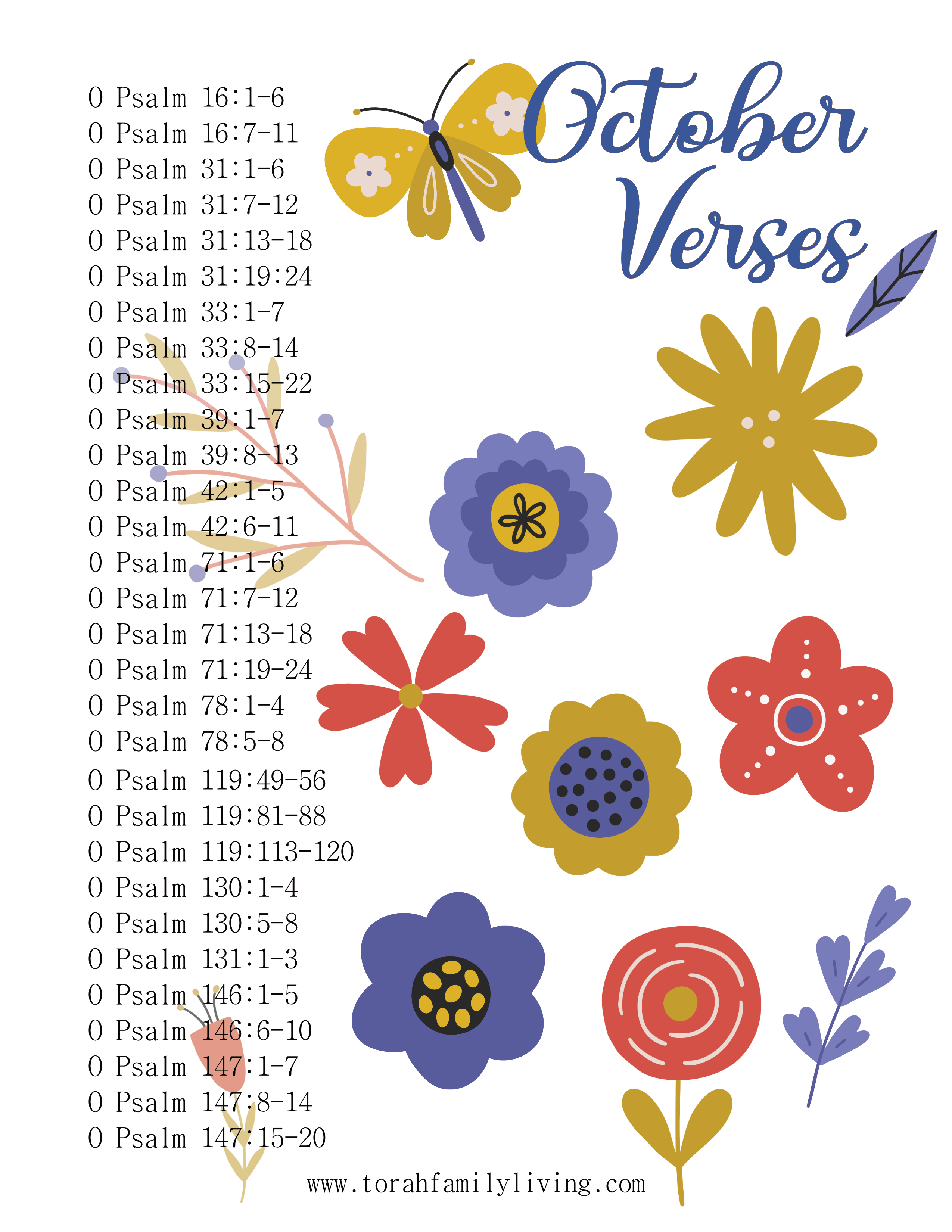

You must be logged in to post a comment.